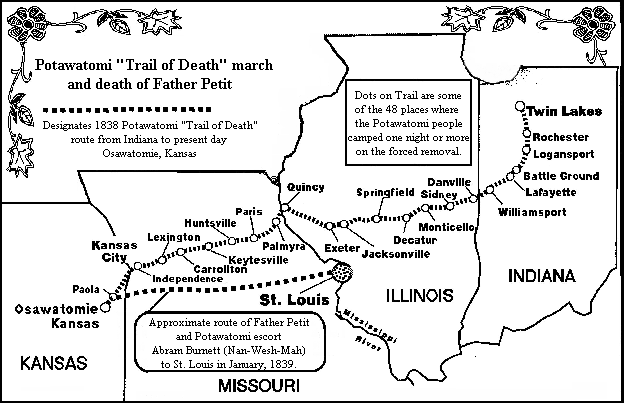Land Acknowledgement
The BRAVE Alliance sits on the stolen land of Indigenous Peoples. We are dedicated to amplifying Indigenous voices and perspectives, improving community relationships, correcting the narratives, and making the BRAVE Alliance an inclusive place for Native and Indigenous people. With humility and respect, we recognize and honor all Indigenous Peoples, their histories, their political rights and sovereignty and their sacred ties to the land and waters.

Indigenous Peoples including in Indiana had and continue to have extended networks of relatives that include human and non-human life as well as the seen and the unseen across diverse geopolitical and ecological spaces. The sacred ties to the land and water where we currently stand are unique to the Indigenous peoples of this area, including the Peori (Peoria), Bodwéwadmi (Potawatomi), Kaskasia, Myaamai (Miami), and Kiikaapoi (Kickapoo).
Despite attempts to destroy and remove Indigenous peoples from these lands and waters, these sacred ties are enduring. Indigenous peoples do not believe that the lands and waters belong to them. Instead, they belong to the lands and waters. Everywhere in Indiana is the evidence of Indigenous people in the names of places and many archeological sites. Also, the historical record shows the Indigenous peoples having hundreds of treaty negotiations which were rejected by many Indigenous peoples in Indiana. This shows their love for this land and thousands of years of history. Indigenous Nations were forced by war, treaties, and reduced resources to leave Indiana. In the early 1800s the treaties removed Indigenous people including Miami, Wea, Eel River band to leave southern Indiana including the Vincennes area. The Lenape (Delaware) people were forced to leave the Anderson and Muncie area in the 1820s. The most famous forced removal of one nation in Indiana was of the Potawatomi, called the Trail of Death (http://www.potawatomi-tda.org/).
The Miami people were forced by the Indian Removal Act of 1830 to leave Indiana in the 1834 – 1836. The Shawnee and Wea were forced out by dwindling resources caused by settler colonialism.
Indigenous Peoples in the Americas, like those of Europe, had varied cultures which existed in communities from large to small and including complex civilizations. Tens of millions of Indigenous Peoples resided within North and South America and the Pacific Islands as subsequent waves of European governments and colonizers spread through the land over centuries.
The philosophies of the Doctrine of Discovery and Manifest Destiny incited Europeans to subjugate, enslave, and annihilate Indigenous Peoples of these lands. Through military tactics, religious oppression, biological warfare, settler aggressions, treaties, broken treaties, executive orders, statutes, and case laws; this continent and its resources were systematically appropriated at the expense of Indigenous Peoples and the natural world. We recognize that these Peoples’ ancestors and elders suffered from historic injustices; colonization; forced relocation and dispossession of lands and resources; genocide; and, government-imposed laws to accommodate white supremacy in the name of “progress”. Their descendants experience multigenerational trauma today.

Today, there are over 565 federally recognized Nations, more than 60 state recognized Indigenous tribes, and unrecognized tribes. Through resistance, enduring sovereignty, and resiliency these American Indian, Alaska Native, Native Hawaiians, and Indigenous tribes are living on ancestral territories, reservations, rancherias, villages, pueblos, and rural or urban areas. Indigenous Peoples number more than four million individuals and unique collectives with inherent, internationally recognized political rights, and rights to continue to exist and be acknowledged. This Indigenous Land Acknowledgement shall serve as a reminder to all people that Indigenous Peoples are still here caring for the water, the land, the non-humans and the unseen.



